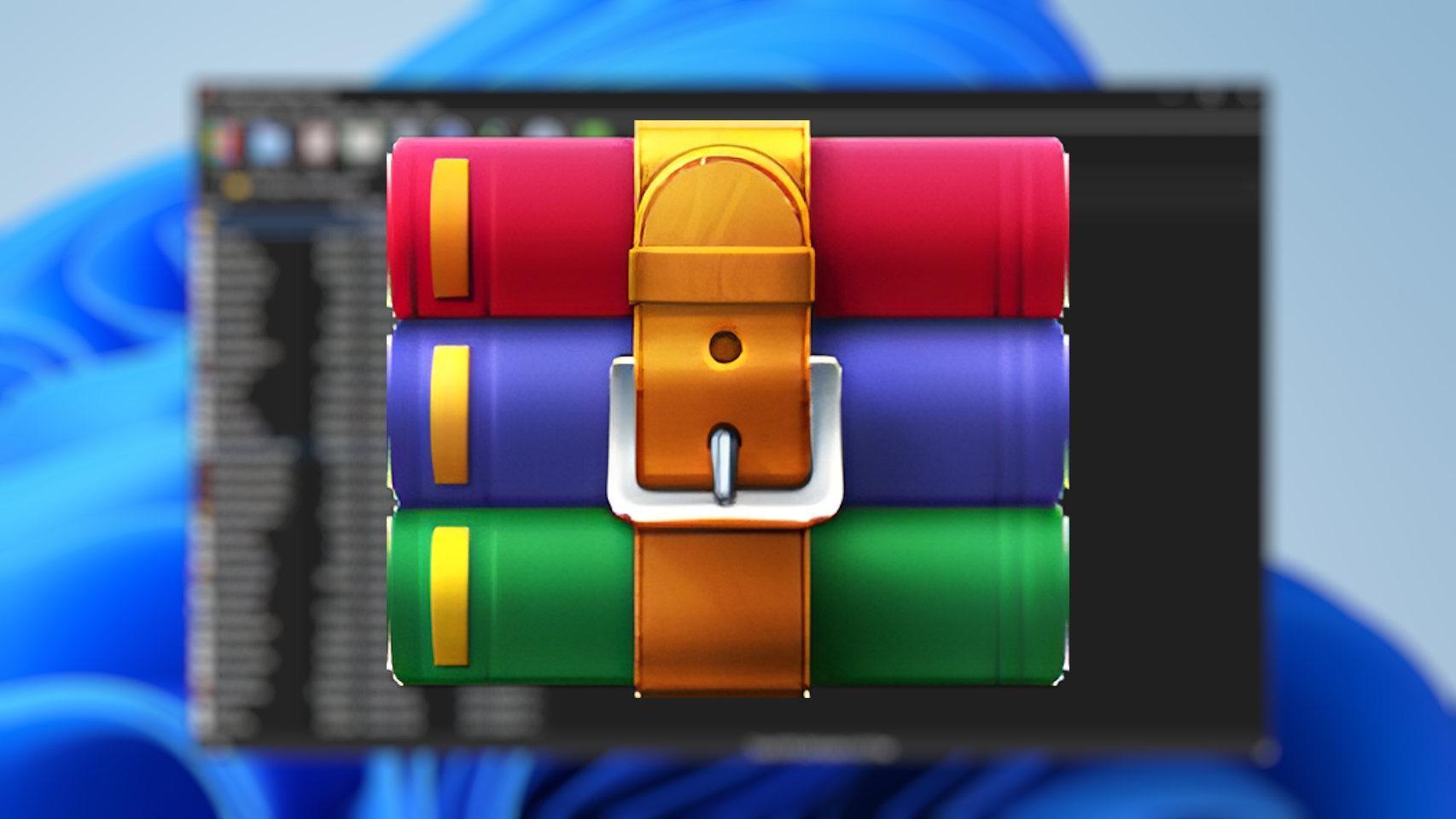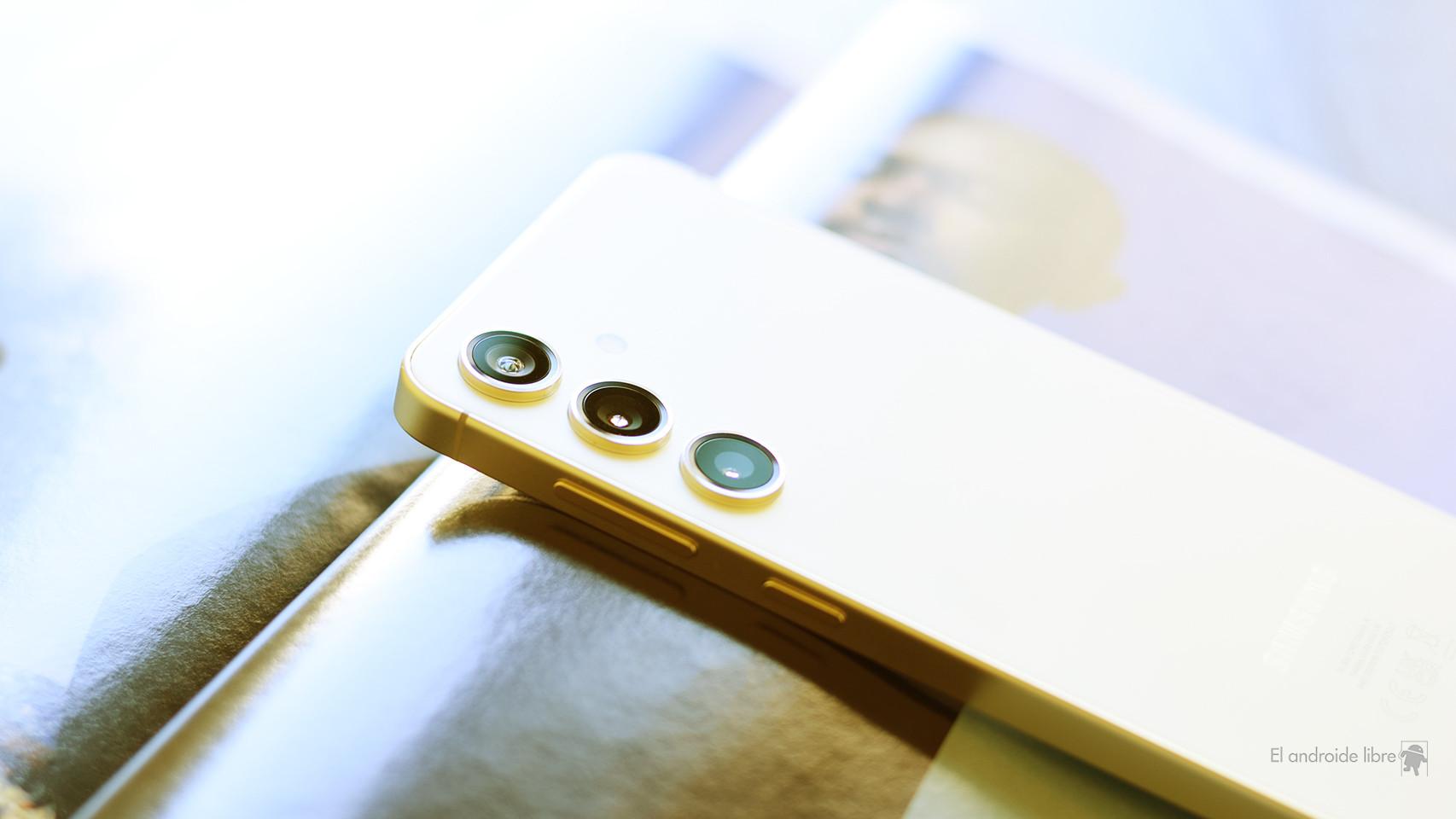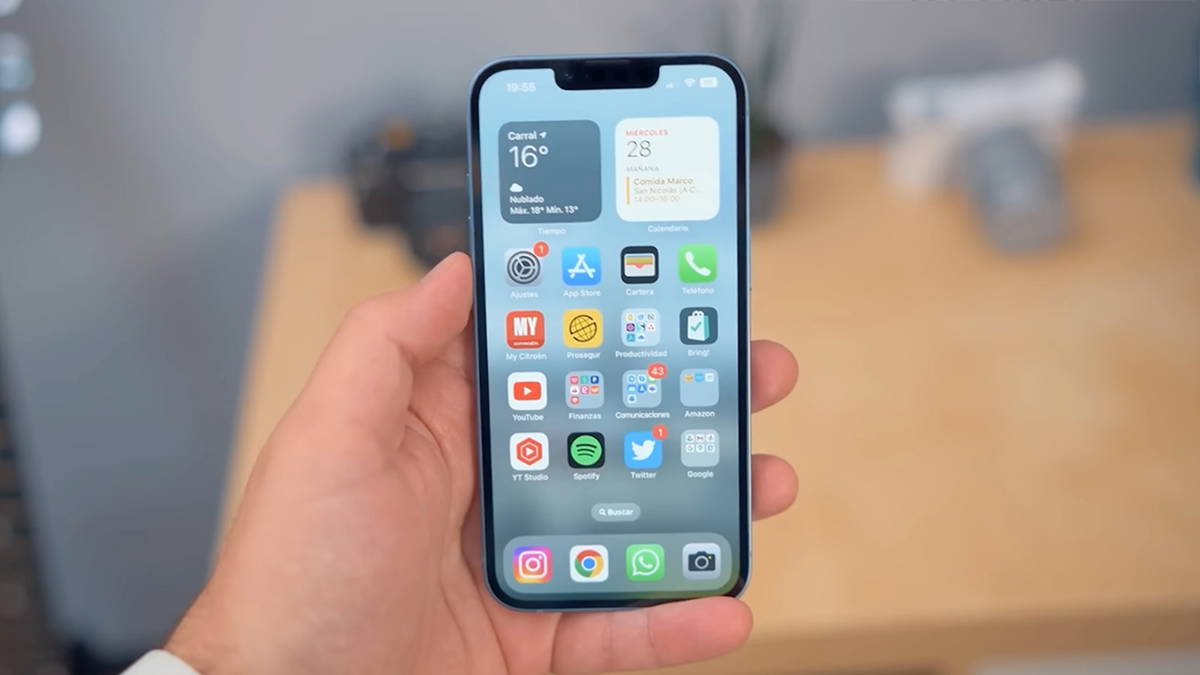We’ve reached a point where we take it for granted that Safari has been on Apple devices forever, but that couldn’t be further from the truth. Safari was born on the Mac in 2003, and before that year, Macs depended on a market of browsers that we could envision… antediluvian.
Why then did Apple decide to get to work on its own browser? The circumstances that we are going to explain motivated him, although Steve Jobs as such was also a compelling reason that led them in Cupertino to decide to bet on their own engine to surf
A Mac cannot depend on Internet Explorer

Yes, it happened.
Before Safari, the browser that prevailed on Macs was the same one that prevailed on all PCs: Internet Explorer. Yes, I vividly remember looking at Internet Explorer in MacOS 9 and early Mac OS Xs in my pre-teens. The alternative for enthusiasts who wanted to shake off any Microsoft influence was Netscape Navigator, a distant relative and primitive of Mozilla Firefox.
At a time when Apple and Microsoft were more than ever at odds, Steve Jobs didn’t appreciate that Internet Explorer was hegemonic on his Macs. Mac OS X should have its own browser. The one who had advantages over others, taking advantage of the integration between material there software that characterizes Apple so much.
As the development team got to work in the summer of 2002, Steve tasked his marketing titans with brainstorming a name for the browser. Easy stain? No: what name to use was still under discussion just a month after the presentation of the browser beyond the code name “Alexander” with which its creation was baptized.
Several names have been spoken, according to developer Dan Melton who participated in the project. AND one of those who had ballots was ‘Freedom’, so get freedom by getting rid of Microsoft’s tentacles. But ultimately Steve himself chose ‘Safari’. I was looking to reference web browsing in some way, and Safari was a quirky name that was very different from the competition.
The rest is history: that’s how Safari was introduced by Steve Jobs in the first opening speech from 2003 (minute 54 of the video):
Over the course of its versions, Safari has reinvented itself, releasing functions that have sometimes stayed with us and sometimes not. But interface quirks aside, Safari is still one of the most efficient, powerful and secure browsers to use on your Mac. It doesn’t have a huge market share compared to Chrome, which currently reigns supreme, but it will continue to have advocates now and in the future.
In Applesphere | “I did in two months what would have taken me a year.” This Steve Jobs machine was key to designing the internet we use every day









